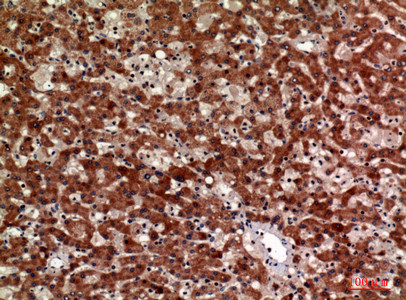| Post Translational Modifications | Palmitoylated at a low, basal level in unstimulated platelets. The level of palmitoylation increases when platelets are activated by thrombin (in vitro). |
| Function | Functions as a cell surface receptor for TIMP1 and plays a role in the activation of cellular signaling cascades. Plays a role in the activation of ITGB1 and integrin signaling, leading to the activation of AKT, FAK/PTK2 and MAP kinases. Promotes cell survival, reorganization of the actin cytoskeleton, cell adhesion, spreading and migration, via its role in the activation of AKT and FAK/PTK2. Plays a role in VEGFA signaling via its role in regulating the internalization of KDR/VEGFR2. Plays a role in intracellular vesicular transport processes, and is required for normal trafficking of the PMEL luminal domain that is essential for the development and maturation of melanocytes. Plays a role in the adhesion of leukocytes onto endothelial cells via its role in the regulation of SELP trafficking. May play a role in mast cell degranulation in response to Ms4a2/FceRI stimulation, but not in mast cell degranulation in response to other stimuli. |
| Protein Name | Cd63 AntigenGranulophysinLysosomal-Associated Membrane Protein 3Lamp-3Lysosome Integral Membrane Protein 1Limp1Melanoma-Associated Antigen Me491Oma81hOcular Melanoma-Associated AntigenTetraspanin-30Tspan-30Cd Antigen Cd63 |
| Database Links | Reactome: R-HSA-114608Reactome: R-HSA-6798695 |
| Cellular Localisation | Cell MembraneMulti-Pass Membrane ProteinLysosome MembraneLate Endosome MembraneEndosomeMultivesicular BodyMelanosomeSecretedExtracellular ExosomeCell SurfaceAlso Found In Weibel-Palade Bodies Of Endothelial CellsLocated In Platelet Dense GranulesDetected In A Subset Of Pre-MelanosomesDetected On Intralumenal Vesicles (Ilvs) Within Multivesicular Bodies |
| Alternative Antibody Names | Anti-Cd63 Antigen antibodyAnti-Granulophysin antibodyAnti-Lysosomal-Associated Membrane Protein 3 antibodyAnti-Lamp-3 antibodyAnti-Lysosome Integral Membrane Protein 1 antibodyAnti-Limp1 antibodyAnti-Melanoma-Associated Antigen Me491 antibodyAnti-Oma81h antibodyAnti-Ocular Melanoma-Associated Antigen antibodyAnti-Tetraspanin-30 antibodyAnti-Tspan-30 antibodyAnti-Cd Antigen Cd63 antibodyAnti-CD63 antibodyAnti-MLA1 antibodyAnti-TSPAN30 antibody |
Information sourced from Uniprot.org

























